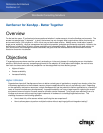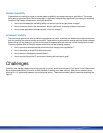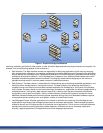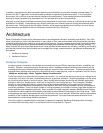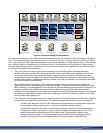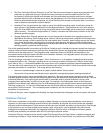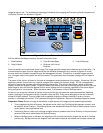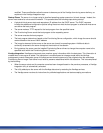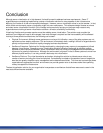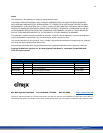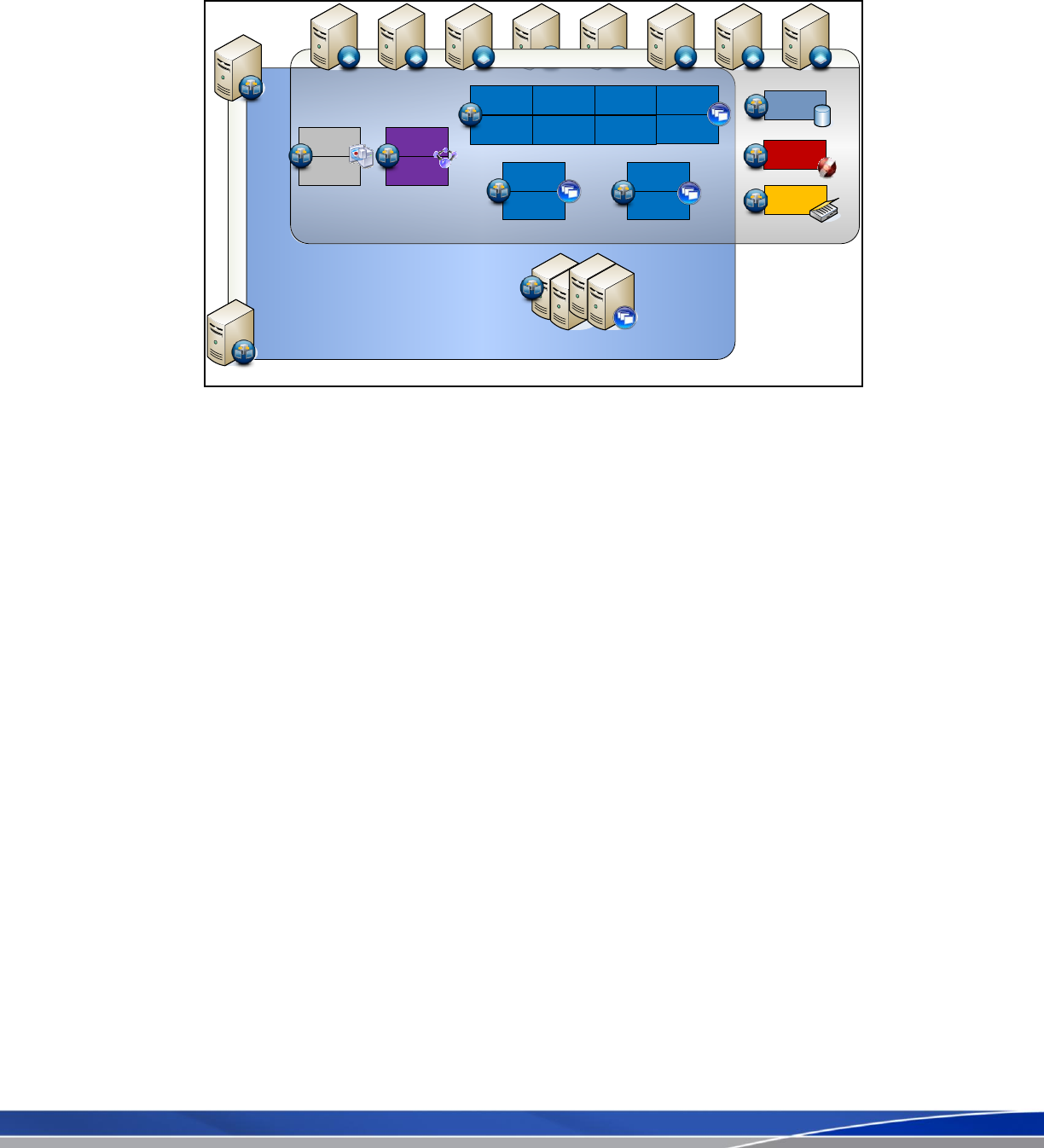
8
image per server role. The architectural advantages introduced by leveraging the Provisioning Server component of
XenServer Platinum can be seen in Figure 3.
Figure 3: XenServer Platinum Architecture
With the defined XenApp architecture, there are five distinct roles:
1. Web Interface
2. Data Collector
3. Core Business Apps
4. Business Unit Line-of-
Business
5. Line-of-Business
Each role would have its own base server image. The image would be created and maintained as a single entity. For
common/shared images, this one image would then be delivered (streamed) to any number of physical or virtual
servers, which can be easily changed through the management console. The common or shared images are read
only. Changes made to the system are lost upon reboot. This guarantees that unforeseen changes will not impact a
server.
The power of this solution is based on the ease of management and maintenance of the images. If there are 100 core
application servers, this solution only requires changes to be made to the common image. All 100 core application
servers will receive the changes without administrative intervention. This solution also makes it easier to add new
capacity to deal with surges in usage. If capacity needs to be made to the Line-of-Business group of servers, then the
base image for that role would be applied to other server objects within the console, regardless of the server object
being a physical or virtual server. When that server starts, it will become a Line-of-Business server.
As there is one image for hundreds of servers, all servers within the role share the same characteristics (operating
system, application, configuration settings, computer name and SID). Every server belonging to the role is identical
except for a MAC address. This one image must be capable of taking on different identities in order to function
properly in a XenApp environment. This is achieved through the Preparation, Startup and XenApp Integration phases:
Preparation Phase: Before an image is delivered to multiple servers, the image must be prepared appropriately.
To be integrated into Active Directory, the defined server, within the Provisioning Management console, must
be added to Active Directory. Provisioning Server uses standard Windows API calls to add the server into the
correct domain and organizational unit.
Provisioning Server is also set to manage computer account password with Active Directory so the provisioned
servers will be able to authenticate with Active Directory.
Before a XenApp server is delivered, an integration utility must be executed to prepare the server for XenApp
provisioning. XenApp services are stopped, local host cache instances are cleared and computer names are
Provisioning Server for Data Centers
XenServer Resource Pool
Core Business
Apps
LMG
Core Business
Apps
LMG
Core Business
Apps
LMG
Core Business
Apps
LMG
Core Business
Apps
LMG
Core Business
Apps
LMG
Core Business
Apps
LMG
Core Business
Apps
LMG
License Server
Application
Hub
Data Store
Data Collector
Data Collector
Web Interface
Web Interface
Business Unit
LoB
LMG
Business Unit
LoB
LMG
Line-of-Business
LMG
Line-of-
Business
LMG
Line-of-
Business
LMG



